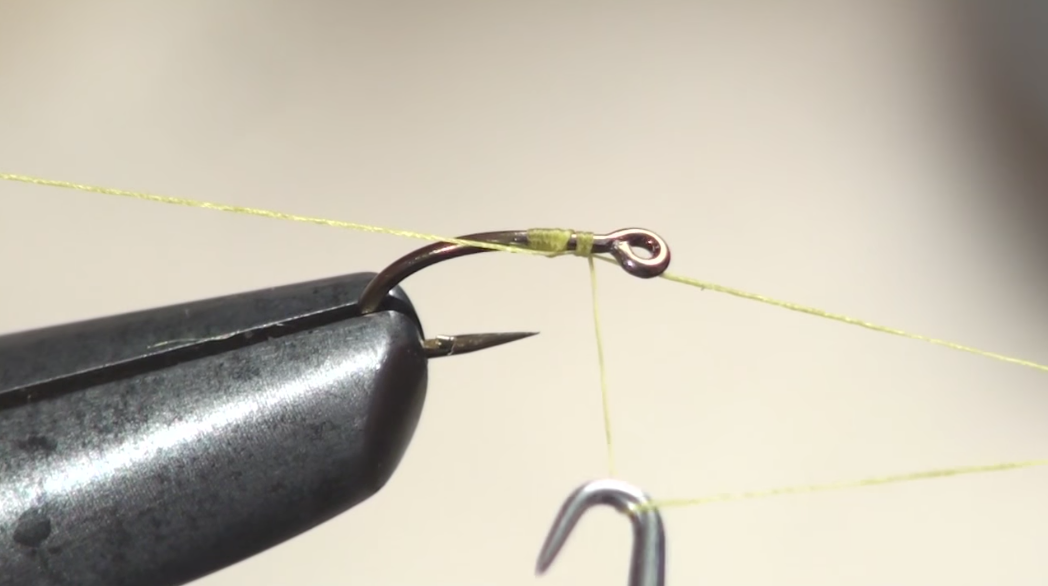When I got my first beginning fly-tying kit all those years ago, most of the tools made sense. But there was this weird loopy, wiry thing that just confounded me. It was a whip-finishing tool. I set it aside and when I tied my first fly (likely a horrible-looking Woolly Bugger that, on its best day, wouldn’t interest a bluegill), I was befuddled. How do I seal the knot?
At the time, I settled for a series of half-hitches and then loaded up the head of the fly with cement. Voila! Fly done.
Not long after that, I watched with great interest at a local Collegiate Peaks Anglers chapter of TU meeting (I was editing the small daily newspaper in Salida, Colo., at the time) as a host of tiers finished flies with that odd-looking, wiry thing. They did it so quickly that I never really the got the nuances of it.
Several years later, after learning to whip finish flies with my fingers, I figured I never needed to learn how to use the tool. But, while finishing flies by hand is just fine, it lacks precision. The whip-finisher, on the other hand, is what precision is all about. While I still finish flies by hand most of the time, I use a whip-finisher for smaller flies or for flies that need really neat heads. I want them to look good, not just finish well.
Above, Tim Flagler walks us through how to use a whip-finishing tool. As usual, he makes it look easy. And, frankly, with a little practice, it really is. Enjoy.
— Chris Hunt



